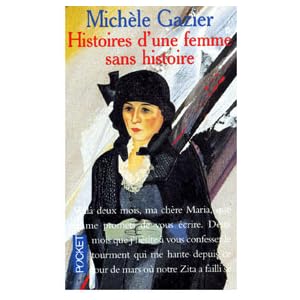The most prevalent art style in Andorra is the remnants of
Romanesque architecture. There really isn’t a set time frame for when this was
popular, but it’s generally attributed as being between the 6th and
12th centuries. This is
the style that preceded the more famous Gothic style. Romanesque style’s main
identifying factor would be the rounded arches, as opposed to the pointed arches
of the latter Gothic period. Although
this style was incorporated into many types of buildings, it was utilized in
churches far more than in castles or other structures. It’s generally less
ornate as other styles, keeping a more simplistic façade.
In other sculptures and painting, such as ornamentation
inside the churches, the use of gold is really popular. It was used in
different kinds of mediums, as both in jewelry and ornamentation for clothing
as well as paint. It's beautiful to look, but really, who doesn’t like gold?
In nearby Catalonia, one of the most famous artists from the
region is Salvador Dalí (1904-1989). The artist was instrumental in the
surrealist movement. Surrealism is the style of art that implies its name: takes a realistic scene and stretches it almost to fanciful proportions. But it keeps realistic shading and blending, using chiaroscuro to create contrast. He is most famous for his painting “The Persistence of
Memory” – you know, the one where it looks like all the clocks are melted and
lying there. While he studied in
Madrid and Paris and met a number of incredible people, from Picasso and Man
Ray to Sigmund Freud and Coco Chanel, he ended up spending his final years back
in Catalonia. He dabbled on the
edge of Dadaism (in my words, it’s more of less avant guard art, but the Dada
movement extended to theatre, music, and literature as well) and was one of
many who had influenced the later pop art movement that made famous by Andy
Warhol. This is an example of surrealism; I believe this was one of his final paintings.
When it comes to literature, there were two main names that
came up in connection to Andorra: Michèle Gazier and Ramón Villeró.
Michèle Gazier has a Wikipedia page, but you have to go to
the French portal to find it. I did find several websites with biographical
information on her. From what I’ve gathered, she taught Spanish, and worked as
a translator and editor, but her work seems to be written in French. Although
Amazon had several of her books that were under $10, one of which that caught
my attention called “Histoires d’une femme sans histoire.” None were available
for Kindle, though. You know me, I need instant gratification. But I would buy
that book once I improve my French reading skills a little.
I found Ramón Villeró’s Twitter page. As I
sifted through the Spanish, it said he writes novels and is a travel writer for Viajes magazine. He
has several travel guides and novels, a few of which are available through
Amazon (and even available for Kindle). In fact, his novel “La Isla de Volcán”
is FREE for the Kindle. It’s in Spanish, though. (I don’t speak Spanish that
well, but I read it much better. AND as I look, it's not free in the US.)
Up next: Music and Dance
Resources:
Wikipedia: “Culture of Andorra” “Michèle Gazier [French]”
“Salvador Dalí” “Romanesque architecture”
Ramón Villeró: http://www.ramonvillero.com
Michèle Gazier: http://www.evene.fr/celebre/biographie/michele-gazier-15746.php
Andorran culture: http://www.cyberandorra.com/wiki/en/andorra-culture


No comments:
Post a Comment